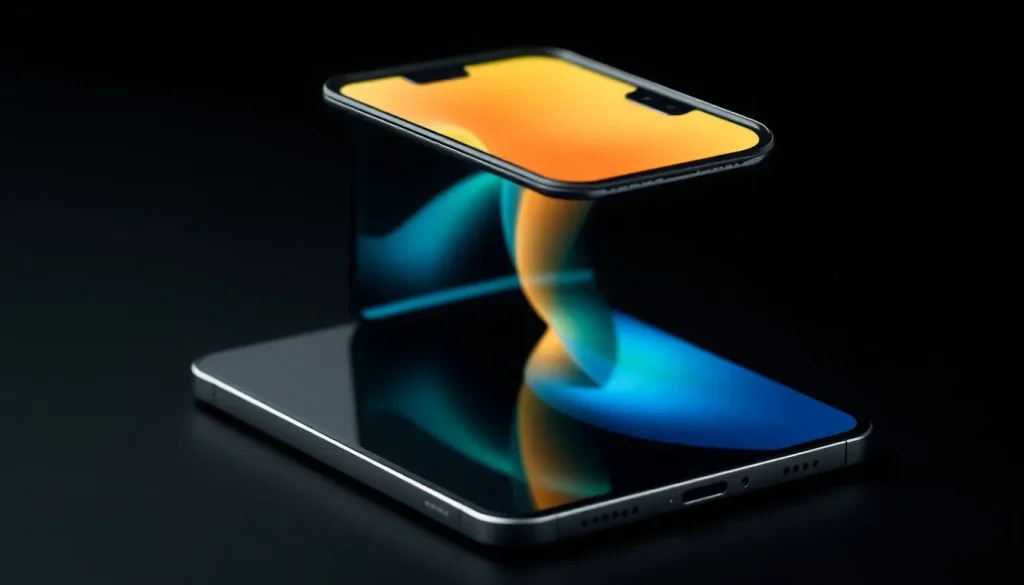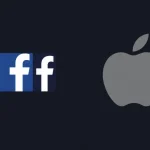iPhone Fold hinge cheaper than expected, phone price drops 100 to 120 dollars

Apple's innovation never ceases to amaze, especially in the competitive smartphone market. The upcoming iPhone Fold promises to redefine mobile technology, combining the sleek design Apple is known for with the practicality of a foldable device. Recent leaks suggest that the production costs for its hinge mechanism may be lower than anticipated, which could potentially influence the pricing strategy. Let’s delve deeper into what this means for consumers and the tech industry at large.
- The hinge of the iPhone Fold will be cheaper to produce, making the device more affordable
- Cost reductions estimated at 0-120 per unit, yet retail prices may remain high
- What this means for the future of foldable smartphones
- Expected launch date and potential impact on the iPhone lineup
- What will happen to existing iPhone models with tariffs in play?
The hinge of the iPhone Fold will be cheaper to produce, making the device more affordable
Apple has evolved remarkably since its inception in the 1970s, transitioning from a humble computer manufacturer to a tech giant that dominates the market with its innovative devices. Today, the company not only develops its own hardware but also designs proprietary software, creating a unique ecosystem that enhances user experience. The iPhone, as one of its flagship products, has become synonymous with premium quality, and the anticipation for the iPhone Fold is palpable.
With the iPhone Fold set for release in 2026, analysts like Ming-Chi Kuo have revealed that the production costs associated with its hinge mechanism will significantly decrease. This reduction is not due to a compromise on quality, but rather the result of optimized design processes and enhancements in the supply chain. Specifically, the partnership between Foxconn and Shin Zu Shing (SZS) to create a joint venture (JV) will facilitate the production of these hinges.
This collaboration is projected to allow Foxconn to handle approximately 65% of the hinge manufacturing, with the remaining 35% being produced by Amphenol. Such strategic moves are crucial, as the hinge is a critical component that ensures the device’s functionality when folding and unfolding.
Cost reductions estimated at $100-120 per unit, yet retail prices may remain high
Despite the expected decrease in manufacturing costs, the retail price of the iPhone Fold is anticipated to remain in the range of $2,000 or more. This striking balance between production savings and consumer pricing often perplexes potential buyers, but several factors contribute to this scenario.
The following are reasons influencing the retail pricing strategy:
- Brand positioning: Apple has established itself as a premium brand, and pricing reflects this image.
- High-quality materials: The use of durable, high-end materials ensures the longevity of devices, justifying a higher price point.
- Research and development costs: Continuous innovation necessitates substantial R&D investments, impacting overall pricing.
- Market competition: While Apple aims to lead, competitors also drive prices in the premium segment, maintaining a high market value.
- Consumer expectations: Loyal customers expect cutting-edge technology and are often willing to pay a premium for it.
Considering these factors, analysts project that the hinge cost could decrease by between $20 and $40 from initial estimates. This would reduce the overall production expense of the iPhone Fold by approximately $70 to $80 per unit. However, Kuo anticipates that the overall reduction could be as high as $100 to $120, significantly impacting Apple's margins.
What this means for the future of foldable smartphones
The introduction of the iPhone Fold marks a pivotal moment in the evolution of foldable technology. As Apple ventures into this arena, it challenges other manufacturers to innovate further. The implications are vast:
- Market expansion: With Apple entering the foldable space, other tech giants will likely invest more in this technology.
- Consumer demand: A successful iPhone Fold could lead to increased consumer interest in foldable devices.
- Enhanced features: Competition may drive companies to develop unique features to differentiate their foldable offerings.
This competitive landscape could result in faster advancements in foldable technology, presenting consumers with more options and innovative features in the coming years.
Expected launch date and potential impact on the iPhone lineup
While the iPhone Fold is set to launch in 2026, its introduction will coincide with Apple’s lineup refresh, including the anticipated iPhone 18. The strategic timing of this release could influence overall sales of the iPhone series, drawing both existing and new customers into the foldable market.
Moreover, the launch could also affect the price positioning of other models in the iPhone lineup. As Apple introduces a flagship foldable device, the pricing strategy for standard models may be adjusted to maintain competitive relevance. This could lead to:
- Discounted prices for older models to clear inventory.
- New features in standard models to differentiate them from the foldable variant.
- Bundling options that include accessories tailored for the iPhone Fold.
What will happen to existing iPhone models with tariffs in play?
As Apple navigates the complexities of global trade, tariffs may significantly impact pricing, especially for models manufactured outside the U.S. These tariffs can lead to increased costs for consumers, complicating the pricing strategies for devices like the iPhone Fold.
Potential implications include:
- Increased consumer prices: Tariffs could force Apple to raise prices across the board.
- Supply chain adjustments: Apple may consider relocating parts of its manufacturing to mitigate tariff impacts.
- Market reaction: If consumers perceive price hikes as unjustified, it could affect overall sales.
In this fluctuating economic landscape, Apple's moves in response to tariffs will be critical to maintaining its market share and customer loyalty.
For those interested in a deeper dive into foldable technology and what the iPhone Fold might bring, consider watching this insightful video:




Leave a Reply